Features and preferences of monarda (bergamot) when grown in the open field
Bergamot (monarda) is widely known as an aromatic tea additive. However, it is planted on the site not only for culinary purposes. Bergamot flowers look exotic and bright, tetrahedral pubescent stems are also able to decorate a flower bed. In planting and leaving the monarda is quite simple, she loves good lighting, moderate, but regular watering and timely feeding.
Short description
Depending on the species, it is a perennial or annual herbaceous shrub, which consists of erect branched shoots. The height of some varieties reaches 1 m. The root system is branched, located close to the surface of the earth. The foliage is dark green, with a rough or smooth surface, oblong in shape, with small denticles along the edge, with an opposite arrangement. One of the features of the monarda is the pleasant smell of foliage, it, depending on the species, spreads the aroma of lemon balm, mint or lemon over the area.
Blooming, bergamot bushes are covered with frequent flowers of different shades, collected in panicles or capitate inflorescence. This structure resembles disheveled hair. The buds bring purple, white, red, yellow bright tones to the scale of the site, and several species are painted with small splashes on the main background. After budding, small nuts (fruits) with seeds grow.
Perennial varieties are not afraid of severe frosts. After 5 years, bergamot should be transplanted in one place or old stems should be completely removed, leaving only young shoots.
Important
Hybrid varieties are grown to decorate the garden, from the rest of the species you can collect foliage. It is dried and used as a spice or for making medicines according to folk recipes.
We select planting material
Planting material is grown independently or purchased in special stores. For planting annuals, it makes sense to purchase seeds. If you plan to grow a perennial monarda species, it is better to buy grown seedlings or adult seedlings. Such plants are already adapted to the climatic conditions of your region. There should be no traces of pests and diseases on the sprouts. This is a prerequisite so as not to bring an exotic parasite or infection to the garden plot. The plant should be healthy, rich in color, with dense and juicy foliage.
Bergamot breeding methods
There are 3 main ways of plant propagation to spread the plant around the flower garden. Let's analyze each method in detail.
By planting seeds
If the monard is first planted on the site, this is the most suitable method. The material is purchased from a specialist store or nursery. Collecting seeds from your own plantings for resettlement only makes sense if you grow one of the main plant species. Hybrids do not transmit their varietal characteristics through seeds. In any case, the shelf life of seeds is up to 3 years.
Bergamot is frost resistant, so it is not necessary to grow seedlings. Already in early spring (in warm regions - in mid-February), seeds can be planted in open ground. It is even preferable - so the sprouts have time to take root, get stronger and easily endure the summer heat.
Operating procedure:
- When planting early, heat the soil. To do this, cover the garden bed with black covering material or film. After the snow has melted, we proceed to loosening the soil for planting.
- If we plant seeds in cold soil, be sure to carry out cold stratification in order to increase their germination.
- We dig up the ground, add a mixture of humus and sod soil and level the bed with a rake.
- We make grooves with a row spacing of 150-200 mm. The depth of the grooves is 20-25 mm.
- Water the furrows with water from a watering can without a spray.
- Distribute the planting material evenly over the rows and level the ground with a rake, filling the seeds with an even layer of soil.
- Protect with foil or covering material to create warmer conditions and protect from rain and direct sunlight.
- For 20 days, we check the soil moisture, periodically lifting the film. After the germination of the first shoots, the material is removed.
- We take care of the school throughout the year. Only after that do we transplant to flower beds.
Sowing seedlings. We begin work in early February. We carry out all operations in the same way as in the previous scheme, the only thing is that if the containers are in the room, there is no need to warm up the soil. The seedling method allows the monarda to harvest leaves and bloom in the first year of life. Therefore, this method is suitable for annual plant species.
By dividing the mother bush
This method is quite simple, although it will require accuracy in the actions. In this way, perennials are propagated.
- In April, when the ground began to warm up, we choose a strong three-year-old bush.
- Carefully dig a trench at a great distance from the bush and tear off all the roots.
- We wash the root system well with warm water with potassium permanganate diluted in it.
- With a knife or pruning shears, at an acute angle, we divide the bush into several seedlings.
- Sprinkle all damaged areas with chopped charcoal. Such treatment will allow the cuts to quickly overgrow and not rot.
By cuttings
The method is ideal for propagation of varietal perennial bushes.
Operating procedure:
- Before flowering, we select green shoots and cut out blanks in the middle part with at least 2 buds, from 150 mm in length.
- We remove all the greens from the sprout, treat the lower, future root part with root formation stimulants.
- After that, we prepare a tall seedling box, cover it with a layer of humus and root soil and plant a line of cuttings.
- We fill the ground well, cover it with a bag and put it in a shaded place.
- After 15-20 days a weak root system is formed on the cuttings, we remove the film and grow the planting material until August-September.
- After that, we plant it in a school and only in the spring we determine the strengthened bushes in a flower garden.
We plant in open ground
To solve this problem, it is important to choose the right place:
- flowering bushes will be more abundant and brighter in a lighted place or in a flower garden with slightly diffused light;
- in partial shade, the plant develops more slowly, the flowers on the bushes are smaller;
- it is not recommended to grow perennials in areas with constantly blowing winds and in drafts; strong winds can break stems or bend them to the ground;
- before planting, we take into account the growth of the bush and the size of its crown, so as not to shade nearby plants. For one bush of a tall variety, you will need to make a row spacing of 1 m or plant it with shade-loving neighbors.
Preparing the soil
The plant is not demanding on the soil in the garden, but good development on heavy soils is impossible. We choose or prepare a light soil with a balanced content of mineral and organic fertilizers and a slightly acidic reaction. If the acidity is too high in the beds, it is easy to lower it by adding quicklime. Bergamot does not like wetlands with high groundwater flow. When planting in such a place, it will be necessary to drain the entire area and pour a thick layer of expanded clay into each planting hole.
In the fall, we apply mineral and organic fertilizers and dig up the garden bed. In early spring, it will be enough to level the ground and plant the shoots. It is even better to pre-prepare the holes for planting.To do this, we deepen the hole by 500 mm, fill the bottom with a layer of broken brick and fill it with a mixture of humus, peat and turf. Add superphosphate and any potash fertilizer to the mixture.
We plant
The best time for placement on the site is early spring. If we grow seedlings, we loosen the soil and make small holes for the school, we maintain a gap between the plants of 150-200 mm.
Let us analyze in more detail the planting of a divided mother bush or a finished seedling from a nursery:
- In the prepared hole, we loosen the soil and select some soil. We add nitrogen fertilizer.
- Fill the hole with water.
- We lower the seedling and carefully fill the hole with loose soil. We compact the earth a little.
- For mulching, fill the top of the pit with a layer of peat, 50 mm thick.
- We make sure that the seedling stands level, we do not water it immediately after planting.
A few tips for caring for Monarda
This is a set of simple operations, but the beauty of your flower garden as a whole and the condition of individual bushes depend on their implementation.
Watering. Bergamot loves good hydration. In season it is watered 3-4 times a week, in hot dry weather it is possible every day. However, waterlogging damages bushes and causes disease. Therefore, we reduce watering in the rainy season. The best time to moisturize the soil is early morning or late evening.
Mulching and loosening. We carry out this treatment after each watering. It is not necessary to loosen the ground near the bush itself, since it is easy to damage the rhizome. It is enough to add a layer of mulch. It will look beautiful and complement the color scheme of the flower garden with a dump of oak bark over the entire surface of the flower bed.
Regular fertilizing of bergamot - the guarantee of its normal development and growth. In the spring and autumn, we treat the bushes with Fundazol for the prevention of diseases. Throughout the season, once every 14-15 days we feed the bushes, alternating ready-made complex fertilizers and organic matter. You can use Agricola solution and infusion of bird droppings.
Treatments for diseases and parasites. The main scourge of the plant is powdery mildew. This disease can be easily defeated by suspending the moisture, and then placing a drip irrigation system under each bush. In this case, excessive dampness will not be created under the bushes. To combat pests, it is enough to treat the shrub with copper sulfate.
Preparing for the winter. In the fall, we cut and burn all the stems and foliage of plants behind the site. Cover the top with a layer of peat or humus. So we add a layer of mulch, nutrition for each plant and cover it from the effects of frost. Bergamot can withstand any frost under the snow. But it is better not to risk it and cover the pets with a nutritious and protective layer.
Any gardener can grow perennial and annual bergamot. Monarda not only decorates the garden, but also allows you to harvest fragrant foliage and use it as a spice for cooking and as a medicine. But the main thing is a beautiful and fragrant carpet with colorful original flowers.
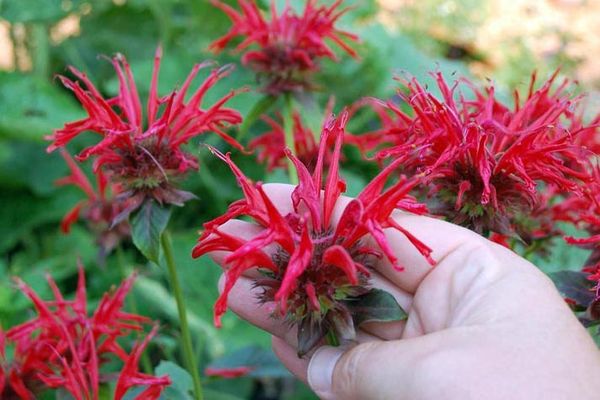
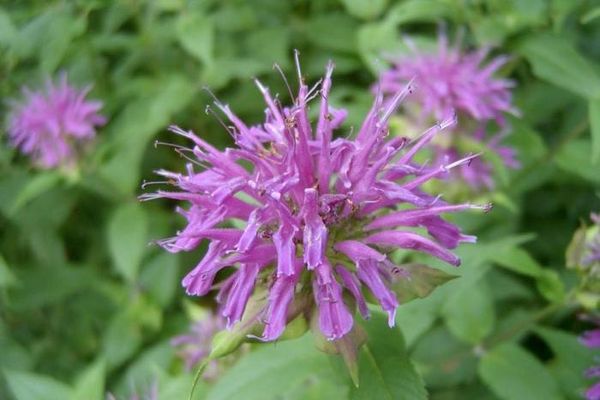
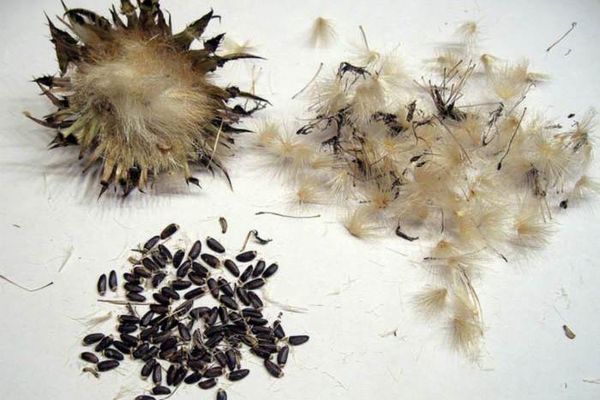
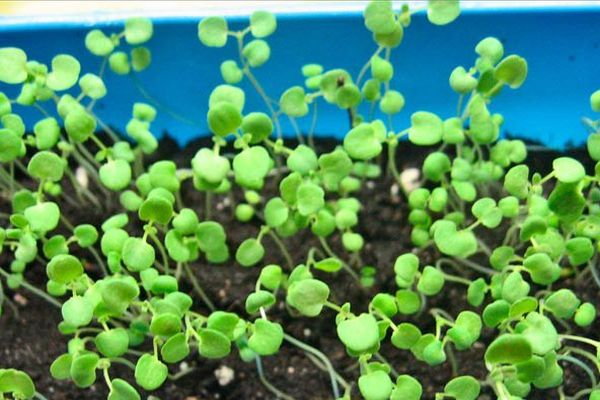
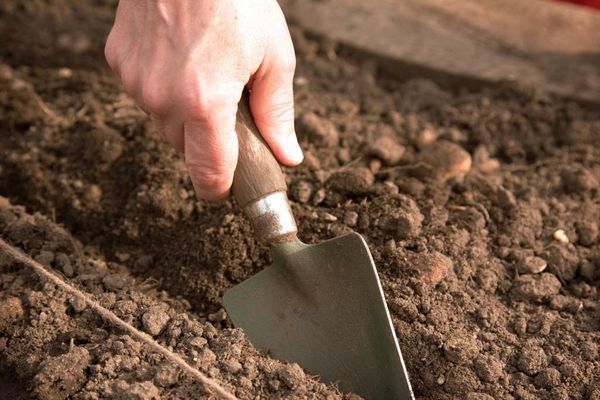
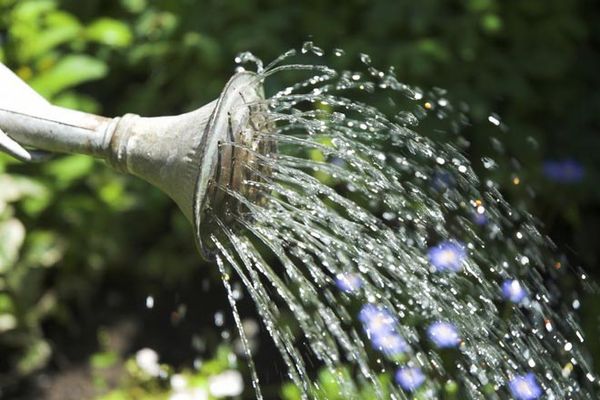
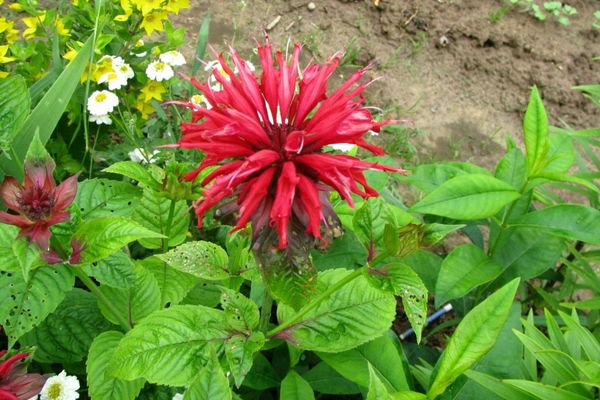
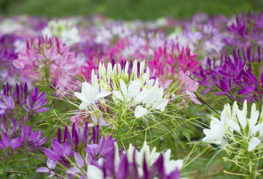
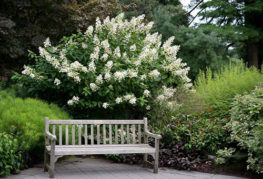

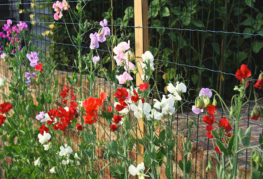
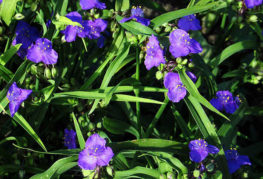
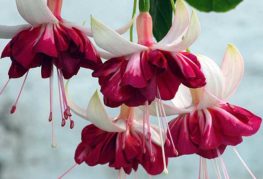
and will be published shortly.